Outer Space & Universe
Outer Space & Universe
Space, also known as outer space, is the near-vacuum between celestial bodies. It is where everything (all of the planets, stars, galaxies and other objects) is found.
On Earth, space begins at the Kármán line (100 km above sea level). This is where Earth's atmosphere is said to stop and outer space begins. This is not a firm boundary but is a convention used by scientists and diplomats.
Items in space are free to move back and forth; up and down; and left and right. These three dimensions are what make 3D space. Items also move forward through time, which is sometimes called the fourth dimension.
The majority of space contains very little matter and so most of it is a vacuum. Scientists do not know how big space is but we do know that space is extremely big, and is always expanding.
According to the big bang theory, all matter and energy in the Universe was compressed into a very small space. Then it exploded and started expanding. Space is still growing in size today; this means the distance from one galaxy to distant galaxies is getting longer.
Gravity is the force that keeps the Moon in orbit around the Earth and the planets in orbit around the Sun. Gravity can stretch and bend space similar to how a heavy ball placed on a stretched sheet of rubber will cause the rubber to stretch. The scientist who discovered that space can bend is named Albert Einstein. How gravity bends space is part of his theory of general relativity.
Astronauts, Cosmonauts, Taikonauts and Spationauts
An astronaut is any person who is trained by NASA to travel and perform tasks in space. Although the space traveler may not necessarily be a United States citizen, each astronaut does go through a rigorous training regiment by the National Aeronautics and Space Administration. Other space travelers go by other names then astronaut depending on their country of origin.
In the United States, astronaut is derived from the Greek words ástron (star) and nautis (sailor). While, in Russia, a space traveler goes by the name космонавт (English: cosmonaut), which is derived from the Greek words kosmos (universe) and nautis (sailor). Westerners call a space traveler from China a taikonaut, based on the 1998 writings of Chiew Lee Yik and Chen Lan where the term tàikōng (great emptiness), Chinese for “space”. In China, the term yuháng yuán (universe navigator) is used for space traveler.
Only the United States of America (United States), Russia (earlier, the Union of Soviet Socialist Republics), and the People’s Republic of China (China) have sent manned spacecraft into space. Other countries have assisted these countries by sending their own space travelers on space missions. For instance, a French space traveler is called a spationaut (from the French word spationaute), which is derived from the Latin spatium (space) and Greek nautis (sailor). (plural in Greek nautes = sailors)
-
13:16
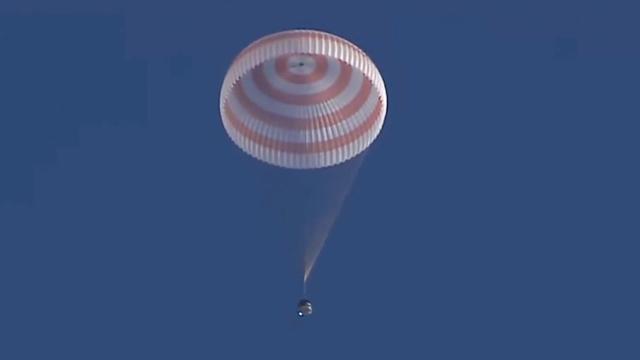
Touchdown! Soyuz spacecraft carrying record-breaking crew lands in Kazakhstan
Added 81 Views / 0 LikesA Soyuz spacecraft carrying NASA astronaut Tracy Dyson and Roscosmos cosmonauts Nikolai Chub and Oleg Kononenko touched down in Kazakhstan on Sept. 23, 2024. Chub and Kononeko spent 374 days in space, a new record for an International Space Station missio
-
07:03
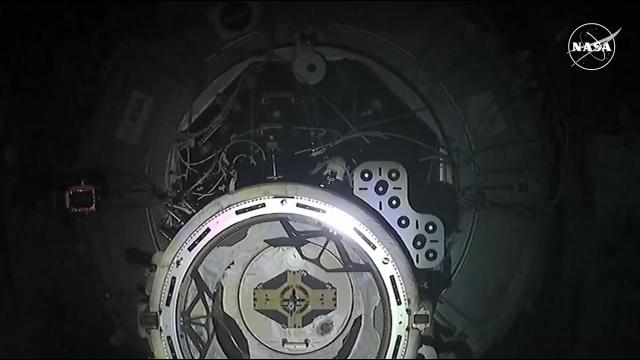
Docking confirmed! NASA's SpaceX Crew-9 arrives at space station
Added 81 Views / 0 LikesNASA's SpaceX Crew-9 docked with the International Space Station at 5:30pm ET on Sept. 29, 2024. Aboard the Dragon spacecraft were NASA astronaut Nick Hague and Russian cosmonaut Alexsandr GorbunovCredit: NASA
-
01:06
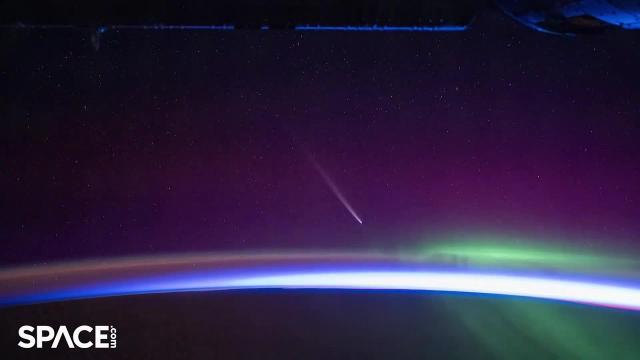
Comet Tsuchinshan-ATLAS caputured in amazing time-lapse from space
Added 81 Views / 0 LikesNASA astronaut captured a stunning view of comet C/2023 A3 (Tsuchinshan-ATLAS) from the Interantional Space Station. Credit: Space,com | footage courtesy: NASA/Matthew Dominick | edited by [Steve Spaleta](https://x.com/stevespaleta)
-
05:26
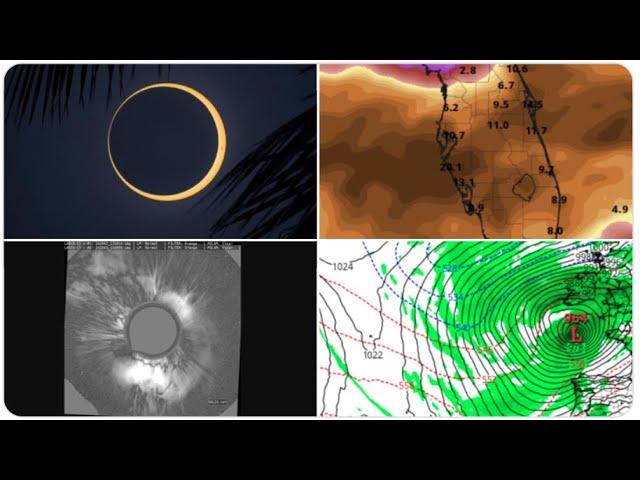
RED ALERT! Big X-Class 9.0 Solar Flare! Possible Florida Hurricane & BIG Europe Eurocane!
Added 81 Views / 0 Likesmodels might be wonky post eclipse imho.God bless everyone,Thttps://www.paypal.me/THORnewshttps://venmo.com/TEric-Lewisonhttps://www.patreon.com/thornews
-
01:07
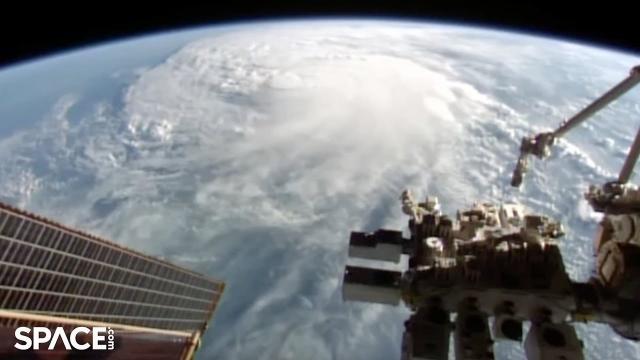
Hurricane Milton seen from space station hours before Florida landfall
Added 81 Views / 0 LikesAn external camera aboard the International Space Station captured Hurricane Milton over the Gulf of Mexico on Oct. 9, 2024. Credit: Space,com | footage courtesy: NASA | edited by Steve Spaleta (https://x.com/stevespaleta)
-
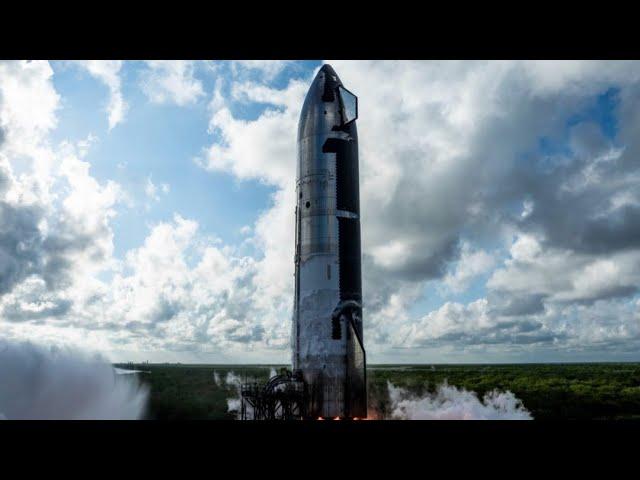
Watch live! SpaceX to launch Starship, attempt to catch booster
Added 81 Views / 0 LikesSpaceX's 5th Starship launch is ready to get off the ground, pending FAA approval, and you can watch the action with us live!
-
08:58
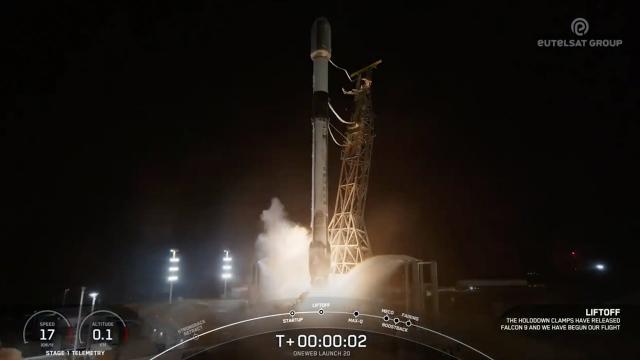
Blastoff! SpaceX launches 20 Eutelsat OneWeb satellites, nails landing in California
Added 81 Views / 0 LikesA SpaceX Falcon 9 rocket launched 20 Eutelsat OneWeb's V1 satellites from California's Vandenberg Space Force Base on Oct. 20, 2024 at 1:13 a.m. EDT (0513 GMT; 10:13 p.m. on Oct. 19 local California time).The first stage of the rocked touched down at Vand
-
03:04

Hackathon & PC Building Competition Presented by the U.S. Space Force
Added 81 Views / 0 LikesIn this exclusive event hosted by the United States Space Force and held at Pace University in New York City, teams of hackers and PC builders face the ultimate test. On one side, there's a high-stakes hackathon where coders encounter increasingly difficu
-
09:02
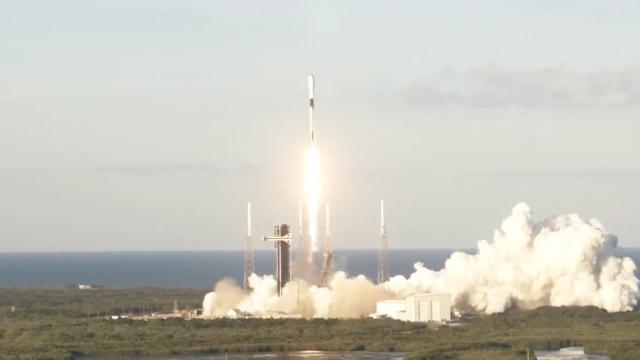
Blastoff! SpaceX launch Starlink batch from Florida, lands booster on droneship
Added 81 Views / 0 LikesA SpaceX Falcon 9 rocket launched 22 Starlink spacecraft from Cape Canaveral Space Force Station in Florida on Oct. 26, 2024 at 5:47 p.m. EDT (2147 GMT). Full Story: https://www.space.com/spacex-starlink-launch-group-10-8The first stage of rocket landed o
-
01:07
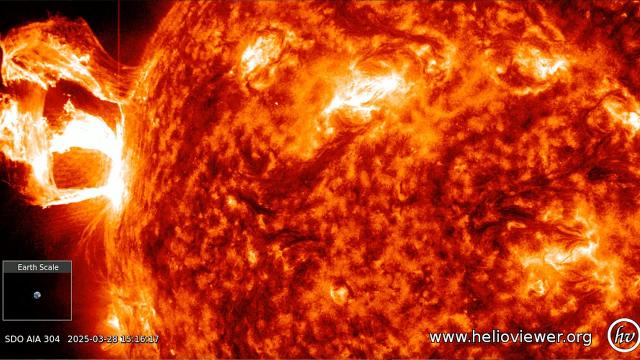
Huge solar X-flare triggers spectacular eruption! See it in 4K
Added 81 Views / 0 LikesSunspot region AR4046 blasted an X1.1-class solar flare on March 28, 2025. It was accompanied by a spectacular filament eruption and coronal mass ejection (CME), according to Space.com. NASA's Solar Dynamics Observatory captured the fireworks. Footage cou
-
01:13
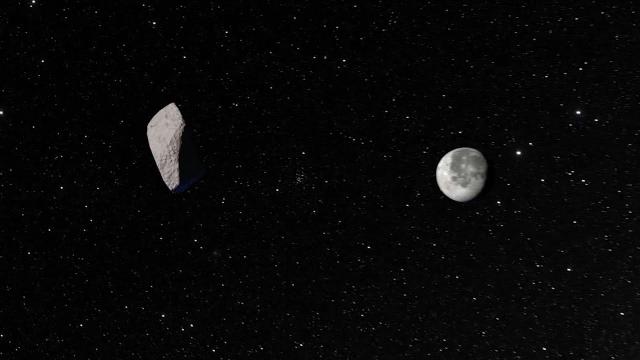
Asteroid 2024 YR4's shape and origin revealed - Small chance it hits the moon!
Added 81 Views / 0 LikesAstronomers using the Gemini South Telescope and W. M. Keck Observatory have determined the shape and origin of asteroid 2024 YR4. It now has a 'few percent' chance of impacting the moon after it was determined that it will most likely not hit Earth, acco
-
04:07
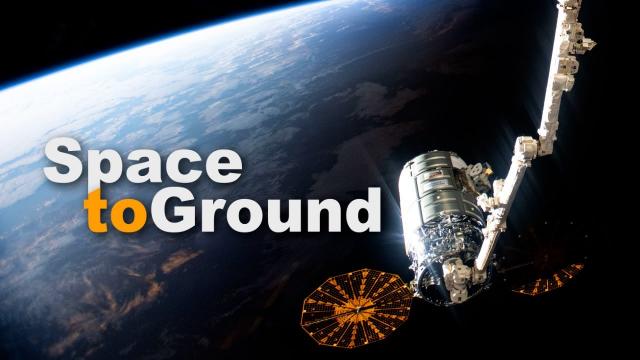
Space to Ground: Images: July 19, 2024
Added 80 Views / 0 LikesNASA's Space to Ground is your weekly update on what's happening aboard the International Space Station. Got a question or comment? Use #AskNASA to talk to us.Learn more about the important research being operated on Station:https://www.nasa.gov/iss-scien
-
01:34
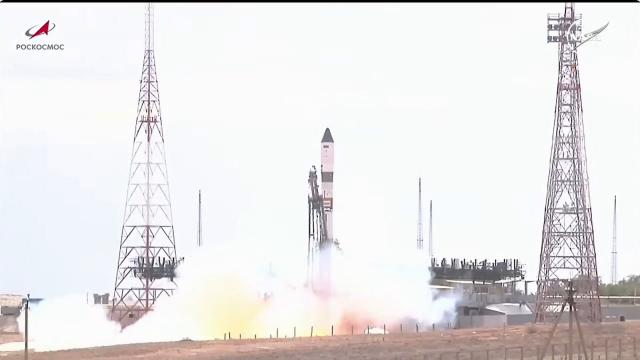
Blastoff! Russia launches 89th Progress spacecraft to space station
Added 80 Views / 0 LikesAn uncrewed Progress MS-28 cargo spacecraft launched atop a Soyuz rocket from the Baikonur Cosmodrome in Kazakhstan on Aug. 14, 2024 at 11:20 p.m. EDT (0320 GMT and 8:20 local Baikonur time on Aug. 15). Full Story: https://www.space.com/russia-progress-89
-
08:19

Blastoff! SpaceX launches WorldView Legion satellites, nails landing in Florida
Added 80 Views / 0 LikesA SpaceX Falcon 9 rocket launched Maxar's WorldView Legion 3 and 4 satellites from Cape Canaveral Space Force Station in Florida on Aug. 15, 2024 at 9:00 a.m. EDT (1300 GMT). Full Story: https://www.space.com/spacex-maxar-worldview-legion-launch-august-20
-
04:20
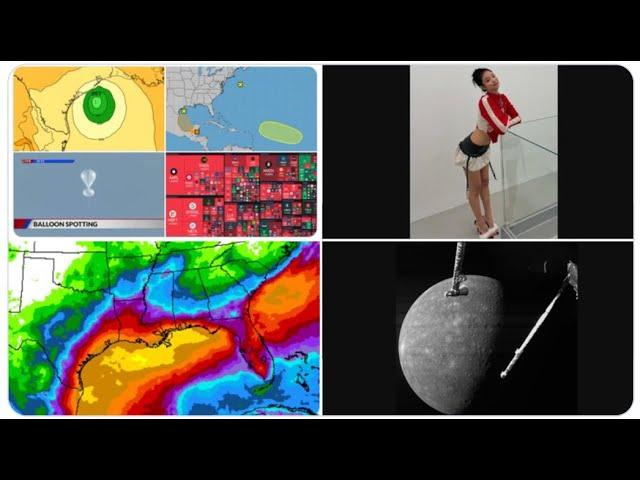
Red Alert! Possible Hurricane to hit Texas next week!
Added 80 Views / 0 Likesfor realz,maybe.God bless everyone,Thttps://www.paypal.me/THORnewshttps://venmo.com/TEric-Lewison$THORnews on CashApphttps://www.patreon.com/thornews
-
01:20
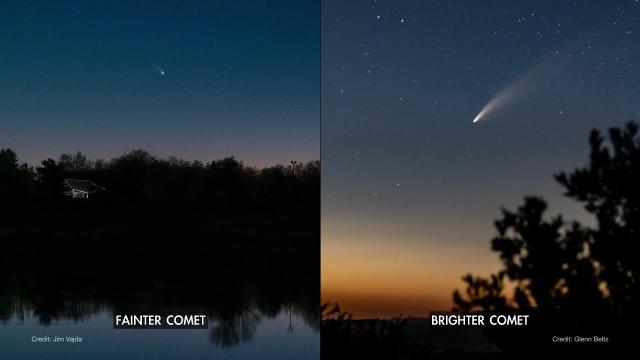
How to see Comet Tsuchinshan-ATLAS it in Oct. 2024, NASA explains
Added 80 Views / 0 LikesNASA explains how to see comet Tsuchinshan-ATLAS in the night sky in October 2024. Credit: NASA/JPL-Caltech
-
09:57
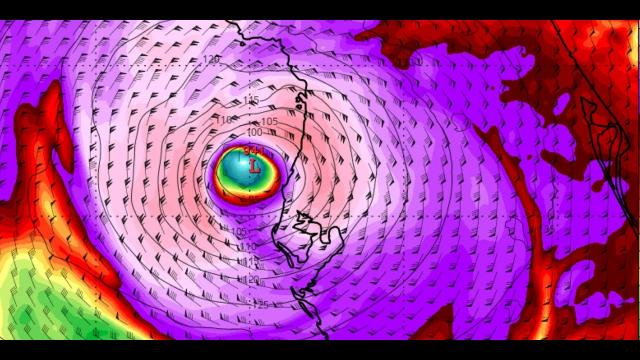
RED ALERT! Major Monster Hurricane to hit Florida in 96 Hours! + Eurocane Kirk to hit Paris & London
Added 80 Views / 0 Likesall my videos for October will be spooky versions.YOU'VE BEEN WARNED.stay cool & be awesome.God bless everyone,Thttps://www.paypal.me/THORnewshttps://venmo.com/TEric-Lewisonhttps://www.patreon.com/thornews
-
06:45
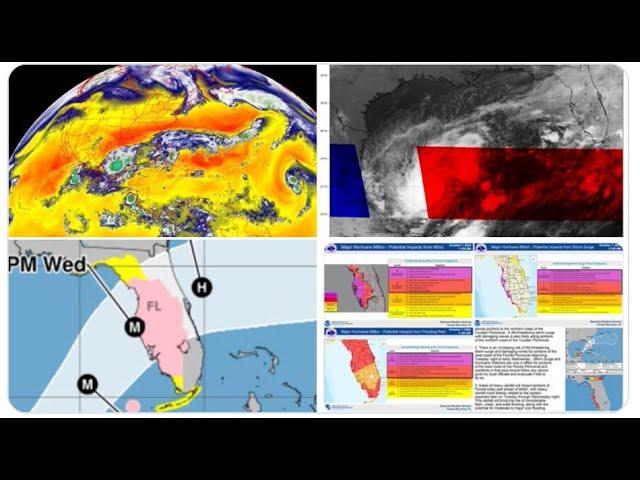
RED ALERT! Hurricane Milton is now Category 5 & predicted to hit near* Tampa Bay Florida!
Added 80 Views / 0 LikesThe track could change in the 40-60 hours before landfall.Cat 5 is the max Cat a hurricane can be soplease take this very serious.God bless everyone,Thttps://www.paypal.me/THORnewshttps://venmo.com/TEric-Lewisonhttps://www.patreon.com/thornews
-
02:01

Io-like volcanic moon may have been discovered orbiting exoplanet WASP-4b
Added 80 Views / 0 LikesLearn how researchers may have discovered an exomoon about 635 light-years away orbiting gas giant exoplanet WASP-4b. Full Story: https://www.space.com/possible-volcanic-exomoon-jupiter-moon-ioCredits: NASA/JPL-Caltech
-
01:03
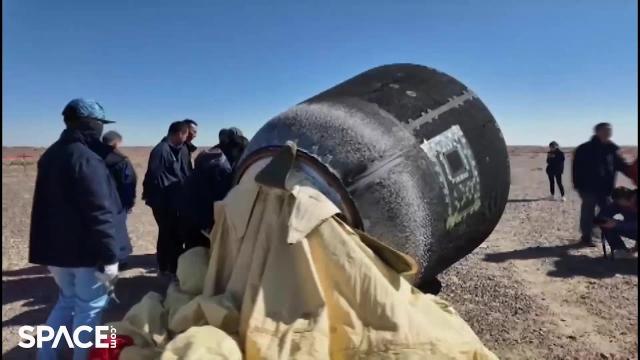
China launches 'space breeding experiments' on country's first reusable test satellite
Added 80 Views / 0 LikesChina’s Shijian-19 rocket launched the test satellite on Sept. 27, 2024. It was used for “space breeding experiments” using plant seeds, according to China Central Television. The reusable satellite returned to Earth on Oct. 11, 2024, landing in the north
